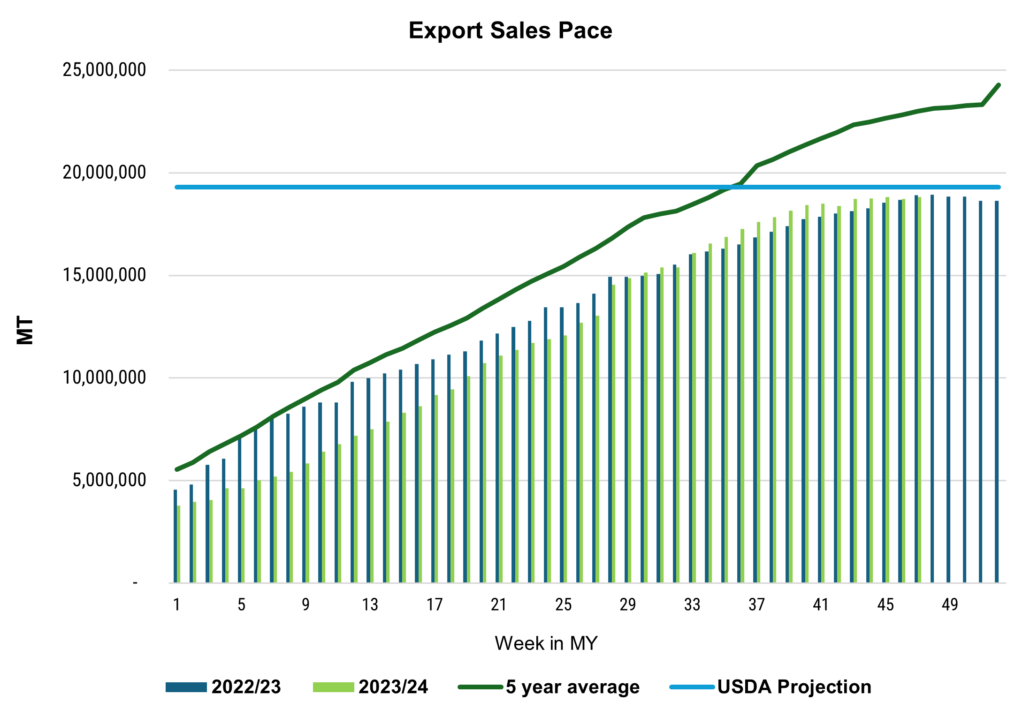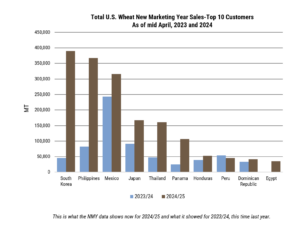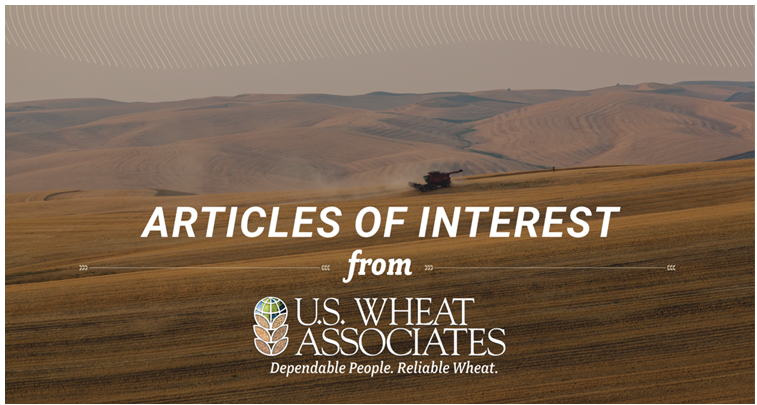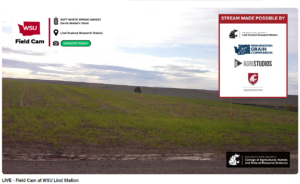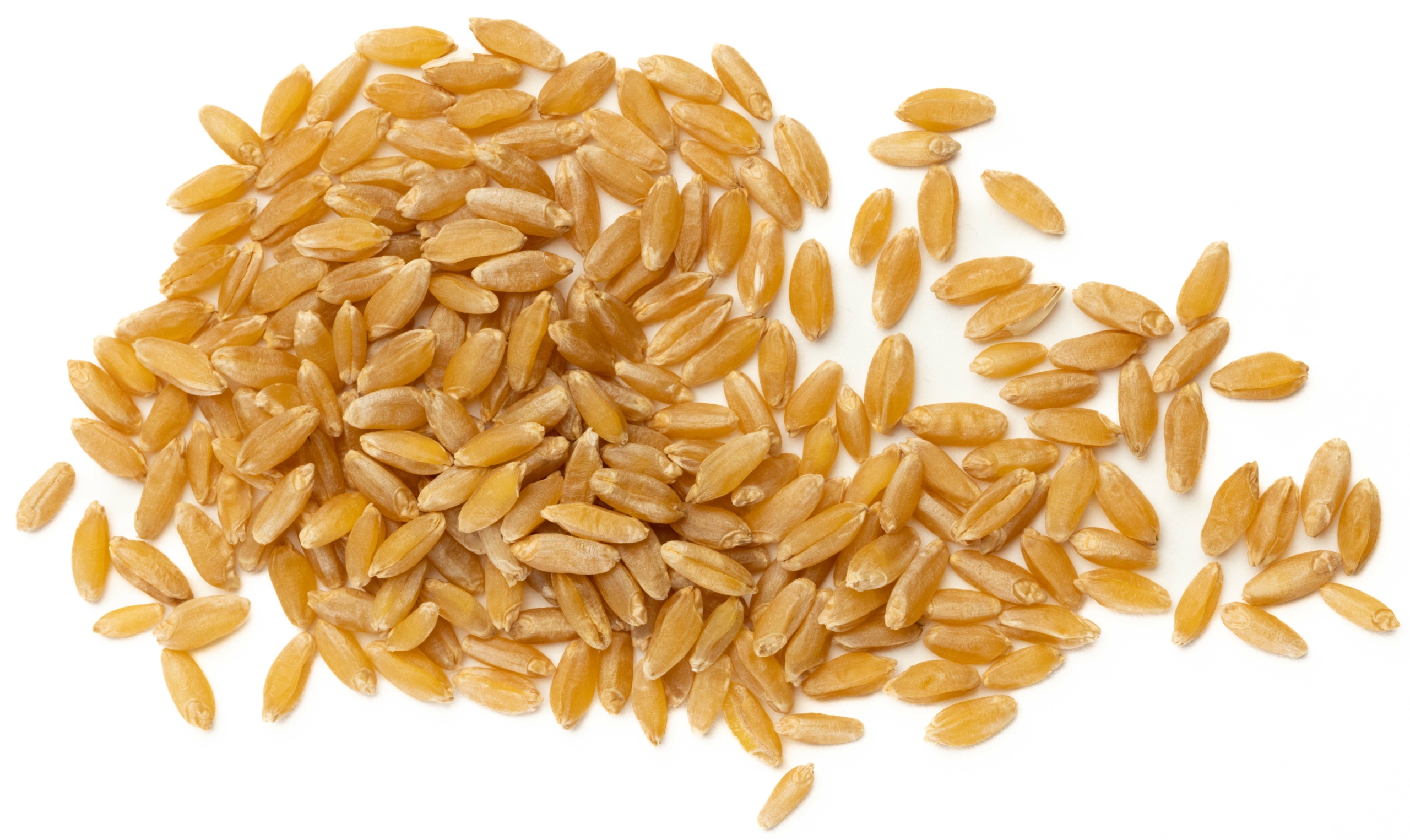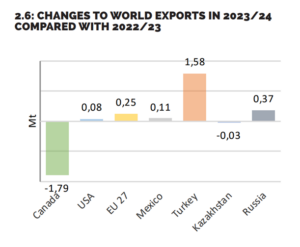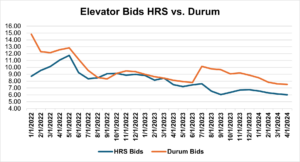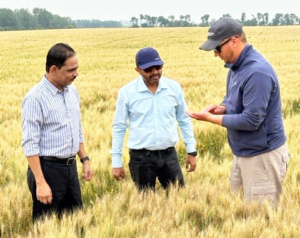In March 2024, the annual AG Supply Chain Asia (ASCA) Conference took place in Bangkok, Thailand, highlighting sustainability and innovation as integral components shaping the future of agriculture. The conference provided a significant platform for discussions centered on the theme “Integrating Sustainability and Innovation for Future Agricultural Excellence.”
Organized by the U.S. Wheat Associates (USW), U.S. Soybean Export Council (USSEC), and U.S. Grains Council, and, this notable event drew more than 370 attendees from 20 countries, representing over 170 companies. The conference organizers are grateful for the support from U.S. farmer organizations and industry sponsors.
“This conference is an excellent opportunity to reinforce the value of the reliable U.S. agricultural export supply system with our colleagues representing U.S. grain and soybean growers,” said Joe Bippert, USW Assistant Regional Director, South and Southeast Asia. “There were several flour millers from Thailand at the conference. USW Noodle Technologist Ivan Goh and I also made a trade service call on a Thai flour mill after the conference.”
According to participant feedback, the AG Supply Chain Asia conference facilitated transactions and negotiations estimated at 1.5 million metric tons of U.S. agricultural products including 220,000 metric tons (MT) of wheat, 335,000 MT of soybeans, 385,000 MT of soybean meal, 180,000 MT of corn, 340,000 MT of Dried Distiller Grains with Solubles (DDGS). This positions the event as a key gathering within the agricultural sector in Southeast Asia.
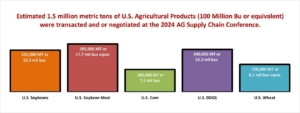
Advancing Global Food Security Through Sustainability
U.S. Ambassador to Thailand, Robert F. Godec, emphasized the pivotal role of ASEAN in the global agricultural landscape. He underscored the need for sustainable food systems to address evolving challenges like climate change and to ensure global food security. Amb. Godec highlighted the ASEAN region’s significance as the United States’ fourth largest agriculture export market.
In a presentation to the AG Supply Chain Asia conference, Bippert highlighted the current wheat supply landscape and the demand outlook, noting that various factors such as the Russian invasion of Ukraine, droughts, and geopolitics have influenced market dynamics and prices. Despite these uncertainties, he emphasized the dynamic nature and the strong commitment to environmental and economic sustainability within the U.S. wheat industry. See “Stories of Stewardship” online for more information.
The annual AG Supply Chain Asia conference has firmly established itself as a robust venue for networking, fostering trade discussions, and business prospects for U.S. agricultural products. By facilitating pivotal discussions and offering insightful perspectives, the event provided a holistic view of the future landscape of U.S. agriculture, underlining the indispensable role of sustainable practices and technological advancements in attaining agricultural excellence.
The photo at the top of this page from the conference includes U.S. agricultural export cooperator leadership (USW’s Joe Bippert is 3rd from left) together with Robert F. Godec, U.S. Ambassador to Thailand, U.S. Embassy (7th from left) and Ms. Kelly Stange, Agricultural Counselor for Thailand, Myanmar and Laos, USDA’s Foreign Agriculture Services, Thailand (6th from left).
USW thanks the USDA Foreign Agricultural Service for its support of the conference and administration of export market development programs. This article was also funded in part by the soy checkoff.




 Peter Laudeman, Director of Trade Policy, is interviewed at NAFB Washington event.
Peter Laudeman, Director of Trade Policy, is interviewed at NAFB Washington event.
